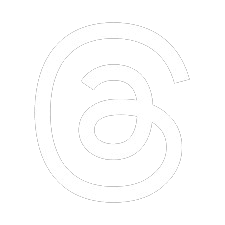March 10, 2022 - EyeClarity Podcast
Here is a peek into my latest Intensive Session. I work with attendees one on one to help them craft their own visual journey. In this session, we talk about the eye dialogue and how it can help your eyes work together. Enjoy the show. If you want more, sign up for my newsletter at: www.drsamberne.com.
SUMMARY KEYWORDS
eye, left, blurrier, relaxation technique, body, question, stretching, self-regulation, area, separately, blurriness, cover, magnifier, trauma, blurry, head, heal, prescription lenses, palming, compression
Hello, everyone, it’s Dr. Sam, I’d like to welcome you to my EyeClarity podcast. This is a show that offers cutting-edge information on how to improve your vision and overall wellness through holistic methods. I so appreciate you spending part of your day with me. If you have questions, you can send them to hello@drsamberene.com. Now to the latest EyeClarity episode.
Well, you know, periodically, the neck muscles, swinging my head to the left gets, you know, a little tighter, I’m doing a daily Qigong practice, that seems to have, you know, more headaches from my Octopus up to my top of my sculpt my eye. Um, it’s like the energy is trying to open up places that have been compressed. And, and my vision on my left side is difficult, you know, I have to literally hold my head steady, and like, you know, cover over my eyes to really focus even wearing magnifiers. And that’s all I have, I don’t have prescription lenses, I have blue blocker mag, okay.
And so that’s one of my goals is to figure out how to heal this on residual compression or it’s almost like it blocks out what I’m seeing in my comprehension of it for a while you worked with me on how to know when I was driving, how to, yes, see what’s in the next lane and computed cognitively. And those exercises helped a lot. But now I I’m not sure why this is happening. Part of its with age, you know, my vision for decades was fine with no assistance needed and and then it started getting blurrier and blurrier. And now I have to wear a slight magnifier for driving more of a magnifier for reading a different magnifier for watching TV across the room. And it’s like
02:10
three glasses. Yeah.
02:13
And, okay. And one of the things that’s that’s happens, and it’s always going on to one degree or another, is the trauma. On like, my right, the right the upper right side of my head, if anybody comes near me, it gets me agitated, in that direction, or stands near me. If I’m at a theater or seminar or something, I have to look left to comprehend things because if I look right, it’s like scrambled eggs. Okay. So those are, those are two big things. One is okay, you know, to deal with the blurriness because life is blurry, I go for a walk and life is blurry. Mm hmm.
03:11
Okay, so Marsha, a couple things, I do think doing some work with each eye separately would be valuable to you. The word is titrate, which means because of trauma, and this is for anybody that’s had trauma. Probably less time doing it is better than more. And so you need to monitor that. But what I would, there’s a couple things that I would suggest, first of all, the the exercise that I talked about the stretching the animal I chart, I think that would be a good one for you to do. But in terms of the stretching, move your eye in the area, like you get to go 12 o’clock, one o’clock, two o’clock, three o’clock. Maybe spend a little more time in the area where it’s most bothersome for you. And, you know, so maybe like 10 seconds, five seconds, just so as you’re moving up, that one’s okay, I’m moving it here.
Oh, I’m feeling some this is making me a little dizzy, nauseous, then come back and then so slow it down. But find those areas maybe where it’s a little restrictive for you in the movement and make sure you pause like I talked about, with Wendy, where after you’ve done the right eye, you’re taking a good chunk of time, and you’re just feeling into the eyes, okay, just okay, what’s going on here as it relates to my body? Because that awareness itself can start unwinding what you’re holding there. And then you do the other eyes. So you’re covering The right eye and you’re doing that stretching with the left eye, even even if that’s not the eye that’s giving you the problem, I find that you need to work each eye separately because there’s the relationship going on. So for that, I would say, the animal chart. And then the second one I would do would be the dialogue, doing some dialogue with each eye separately. So what that means is that again, no glasses, you’re going to cover the left eye, you can again, occluded however you want. And you’re going to ask the right eye for questions. Question one, how well do you feel? Right I question
05:43
was, who
05:44
was that? How? Oh, oh, hold? Okay,
05:48
how old? The second question is. Right, Id you know, you’re married to the left eye? How’s the relationship? That’s going to be enlightening for you. And the third question is going to be right, Id know you’re married to your body? We don’t know. And then the fourth question, the last question is tapping into your intelligence, your body intelligence. And that is right, I you asked the right i, what do I need to heal? What do I need here? Do I need an essential oil? Do I need? You know, what do I need? Do I need a vitamin? Do I need some cranial sacral? What what is it that I need to do? After those four questions, you’re going to take the patch off the left die. And most likely my prediction will be you’re going to feel calmer. And you’re going to see things more clearly. And then you you do the same exact thing covering the right eye, you ask those same four questions, the age, the marriage, the marriage to the body, the marriage to the right eye, the marriage to the body, and what is the left eye need. And then you take the patch off. And same thing.
Give yourself a good 20 to 30 seconds to do you know to really reintegrate that’ll help you metabolize the dialoguing. And I’d like you to do that if you can everyday and maybe do some journaling. Now, in addition to that, and this again, goes for everybody, I think this would be a good relaxation technique, it’s now become pretty standard if you’ve worked with me. But sound making sound is one of the best ways to release compression and tension in the body. And so the palming and humming, like six to eight hums on the exhale with your mouth closed, is going to vibrate this whole area.
08:14
So it’s, um,
08:21
when I do six or eight of those, it’s releasing pain, inflammation, it’s creating more oxygenation, it’s creating more circulation. And so this would be a good one for you to do. And if you start getting relief, after you’ve done six or eight of them, you might try 10 or 12 of them. You might try it once or twice a day, you could do it sitting up, you could do it lying down. But that’s a self regulation type of deal to be able to to be able to maybe reduce some of the, the the problems you’re having with your neck and your head and so on.
Thank you for listening. I hope you learned something from the EyeClarity podcast show today. If you enjoyed the episode, make sure to subscribe on iTunes or Spotify and leave a review. See you here next time.
Podcast: Play in new window | Download
Subscribe: Apple Podcasts | RSS | More



